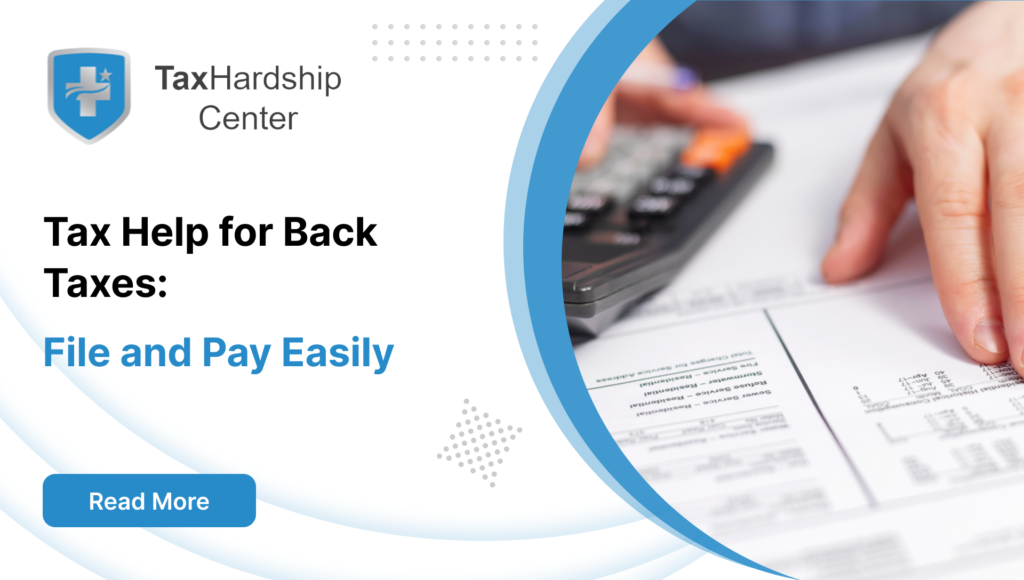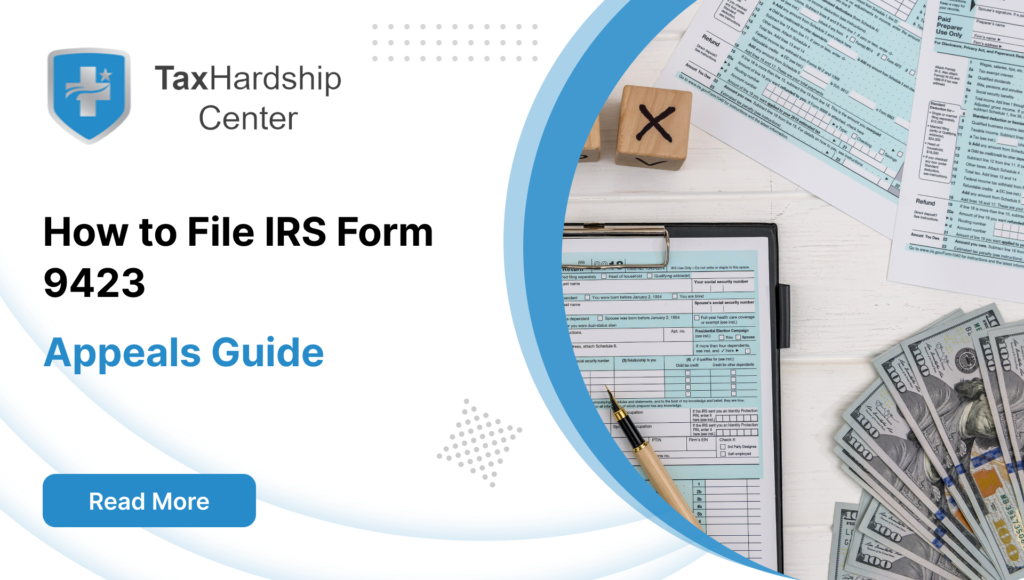When managing outstanding tax debts, taxpayers and the Internal Revenue Service (IRS) often seek a resolution that balances the individual’s ability to pay with the agency’s objective of collecting owed taxes. The Streamlined Installment Agreement (SIA) is a tool designed to achieve this balance. It offers a pragmatic approach for taxpayers to manage their liabilities and for the IRS to secure revenue without imposing severe financial burdens. This article comprehensively analyzes the critical factors that impact Streamlined Installment Agreements, the tradeoffs involved, and the challenges associated with their implementation.
Streamlined, Guaranteed, and In-Business Trust Fund Express Installment Agreements
The Internal Revenue Service (IRS) recognizes that taxpayers sometimes struggle to pay their entire tax debt in one lump sum. To address this, the IRS offers various installment agreements allowing taxpayers to pay their debt over time. One section in particular, 5.14.5, contains the guidelines and procedures for three specific types of installment agreements: Streamlined Installment Agreements, Guaranteed Installment Agreements, and In-Business Trust Fund Express Installment Agreements. These agreements are designed to accommodate different financial situations and tax debt levels, providing a framework that simplifies the repayment process for taxpayers and the IRS.
Streamlined Installment Agreements
The Streamlined Installment Agreement (SIA) is designed for individual taxpayers who owe $50,000 or less and businesses that owe $25,000 or less in combined tax, penalties, and interest. This type of agreement is attractive because it typically does not require a full financial disclosure or verification process, making it a quicker and more accessible option.
The maximum term for repayment under an SIA is generally 72 months, and the aim is to complete the debt payment within the time the IRS has to legally collect the debt (the collection statute expiration date).
To be eligible for an SIA, taxpayers must have all tax returns filed and must not be in an open bankruptcy proceeding. The ease of application also extends to the process, with taxpayers able to set up an SIA through the IRS’s Online Payment Agreement tool or by submitting Form 9465, Installment Agreement Request.
Guaranteed Installment Agreements
The IRS offers the Guaranteed Installment Agreement for taxpayers with relatively small tax debts. Individuals who owe $10,000 or less (not including penalties and interest) and meet certain conditions can automatically qualify for this agreement. These conditions include having all required tax returns filed, not having had another installment agreement in the previous five years, and the ability to pay the total amount owed within three years.
The assurance of a Guaranteed Installment Agreement provides a safety net for taxpayers, ensuring that if they meet the criteria, the IRS is obligated to agree to an installment plan. It allows for a stress-free negotiation process, as the qualification criteria are straightforward.
In-Business Trust Fund Express Installment Agreements
Businesses with employment tax liabilities may qualify for the In-Business Trust Fund Express Installment Agreement. This agreement is available for companies that owe $25,000 or less in trust fund taxes, taxes withheld from employees such as federal income tax, and the employee’s portion of FICA (Social Security and Medicare taxes). The business must also commit to paying the total amount within 24 months and must comply with specific stipulations, such as making federal tax deposits.
The In-Business Trust Fund Express Installment Agreement aims to help businesses manage their employment tax obligations without causing undue financial hardship or disrupting business operations. This arrangement is crucial since companies are responsible for their profits and timely remittance of their employees’ withholdings.
Need Help? Tax Hardship Center To The Rescue
If you grapple with the complexities of tax debt and consider a Streamlined Installment Agreement (SIA), engaging with the Tax Hardship Center can provide the guidance and assistance you need to make informed decisions throughout this process.
The Tax Hardship Center specializes in helping taxpayers navigate the intricacies of various IRS programs, including the SIA. Book A Free 1-1 Consultation NOW
How to Apply for a Streamlined Installment Agreement
A Streamlined Installment Agreement (SIA) provides taxpayers with a feasible method to settle their outstanding federal tax debts. The agreement allows for a payment plan whereby the debt can be paid off in fixed, manageable monthly payments over time. The process of applying for an SIA is designed to be straightforward; taxpayers have two primary methods of application: online using the IRS’s Online Payment Agreement (OPA) tool or through a paper process by submitting IRS Form 9465. Businesses have a separate form, Form 433-D, required for their application process.
Using the Online Payment Agreement Tool
The OPA tool is a convenient and fast service the IRS provides that allows taxpayers to establish a payment plan online. To utilize this service, individuals must meet the following criteria:
- Owe $50,000 or less in combined tax, penalties, and interest, and all tax returns are filed.
- Agree to complete the payment within 72 months or less.
To apply online:
1. Visit the IRS website and navigate to the OPA tool.
2. Create or log in to your existing IRS account. For individuals, this will involve verifying your identity, which may require personal information and financial account numbers for security purposes.
3. Once logged in, you can set up an installment agreement by following the website’s prompts and instructions.
4. Upon successful submission, you will receive immediate notification of approval and can begin making payments as per the agreement terms.
Filing Form 9465, the Installment Agreement Request
For those who prefer not to use the OPA tool or for whom the online service may not be available, Form 9465 can be filed with the IRS. This form is a written request for an installment agreement and is suitable for taxpayers who:
- May need access to online services.
- Choose to submit their request via mail for personal or logistical reasons.
To file Form 9465:
1. Download and complete Form 9465 from the IRS website. The form requires information about the taxpayer, the tax periods involved, and the proposed monthly payment amount, among other details.
2. Mail the completed form to the IRS at the address provided on the form instructions, which vary depending on the taxpayer’s location.
3. After reviewing the application, the IRS will respond in writing to accept, deny, or request more information regarding your proposed payment plan.
Businesses Applying with Form 433-D, Installment Agreement
Businesses that need to set up an installment agreement must use Form 433-D. This form requires more detailed financial information from the company, and the steps to filing it are as follows:
1. Obtain Form 433-D from the IRS website or by contacting the IRS directly.
2. Complete the form, providing accurate business information and the amount the business can commit to paying each month.
3. Submit the form as directed, which may involve mailing it to a specific IRS office or presenting it during an in-person meeting with an IRS representative.
Finalizing the Streamlined Installment Agreement
Regardless of the method chosen, after the IRS receives and processes the application, taxpayers will receive written confirmation. This confirmation will outline the agreement’s details, including the monthly payment amount, due dates, and other pertinent information.
It’s essential to make payments as agreed upon and to comply with all tax filings and payments going forward. Missing payments or failing to file future tax returns could result in default of the installment agreement and potential penalties or enforcement actions by the IRS.
Applying for a Streamlined Installment Agreement is a significant step toward resolving tax debt. By choosing the most suitable application method and understanding the process thoroughly, taxpayers can take control of their tax situation and work towards financial stability.
Key Factors Impacting Streamlined Installment Agreements
Several factors weigh heavily in the decision to opt for an SIA and how it is structured. These include:
- Debt Amount:
The threshold of $50,000 for individuals or $25,000 for businesses is a crucial determinant of eligibility. Debt exceeding these amounts requires a more detailed arrangement with the IRS.
- Repayment Term:
The maximum repayment term for an SIA is generally 72 months. However, if the statute of limitations on the tax debt expires sooner, the agreement must end by that earlier date.
- Financial Disclosure:
Extensive financial disclosure is not required for debts under the threshold, streamlining the process. More enormous debts, however, necessitate a more comprehensive financial analysis.
Tradeoffs and Challenges of Streamlined Installment Agreements
Entering a Streamlined Installment Agreement (SIA) with the Internal Revenue Service is an essential decision with its set of tradeoffs and challenges. Taxpayers considering an SIA need to balance the advantages of a more manageable payment structure against the potential downsides. Below, we explore some critical considerations that must be considered when opting for this type of agreement.
1. Interest and Penalties
The primary tradeoff associated with an SIA is the accrual of interest and penalties. When taxpayers opt into an installment plan, their outstanding tax debt does not freeze; interest and late-payment penalties continue to accrue until the balance is paid off. This means that while the monthly payment amounts are more manageable, the total amount paid over the life of the agreement will be higher than if the debt was settled in a single payment. Depending on the debt size and the payment plan’s length, these charges can significantly add to the overall debt.
Prospective applicants should consider:
- Compound Interest: The compounding of interest means that the total interest paid increases the longer the debt remains unpaid.
- Penalty Rates: The failure-to-pay penalty accrues at a rate of 0.5% per month or part of a month, up to a maximum of 25%.
- Long-term Cost: When it is stretched for an SIA, the actual cost of the tax debt could be substantially higher due to these additional charges.
2. Future Tax Compliance
Another essential factor is the requirement for continual tax compliance throughout the agreement term. This obligation means that all future tax returns must be filed on time, and any taxes due must be paid when they’re incurred. Failure to adhere to these requirements can result in the default of the installment agreement, which can lead to more severe penalties and enforcement actions, such as levies on wages or bank accounts.
Taxpayers should be aware of:
- Maintaining Compliance: Commitment to staying up-to-date on all tax obligations moving forward.
- Potential Consequences: Understanding the repercussions of defaulting on an SIA, including reinstating the original amount owed, penalties, and interest.
- Risk of Complications: Anticipating future financial situations that could impact their ability to stay compliant, such as job loss or unexpected expenses.
3. Financial Strategy
When faced with tax debt, taxpayers must carefully consider their financial strategy. On the one hand, paying off the debt as quickly as possible will minimize the interest and penalties incurred. On the other hand, opting for an SIA better aligns with a taxpayer’s cash flow, allowing for financial flexibility and the ability to meet other financial obligations.
Critical strategic decisions include:
- Allocating Resources: Determining the best use of available funds—whether to clear tax debts quickly or to apply funds to other pressing financial needs.
- Budgeting for Payments: Ensuring the chosen monthly payment amount is sustainable over the long term without causing financial stress.
- Balancing Priorities: Weighing the importance of settling tax debt against other financial goals and obligations, such as saving for retirement or paying down other high-interest debts.
Minimum Payments on Streamlined Installment Agreement
The minimum monthly payment for an SIA is generally the total balance due divided by the term of the agreement, which cannot exceed 72 months. The IRS expects taxpayers to pay as much as possible to avoid accruing additional interest and penalties.
What If You Can’t Make the Minimum Monthly Payments?
If taxpayers encounter financial hardship and cannot make the minimum monthly payments of their SIA, they should contact the IRS immediately. Options may include adjusting the payment amount, a temporary collection delay, or considering a non-streamlined installment agreement for a partial pay scenario.
Conclusion
In conclusion, opting for an SIA can be advantageous for managing and settling tax debt, but it demands careful consideration of the tradeoffs involved. Taxpayers must ponder the long-term costs of accrued interest and penalties, the commitment required to maintain future tax compliance, and the overall impact on their financial strategy. An informed decision will help taxpayers navigate the challenges of an SIA and move toward a stable financial future.
Why Tax Hardship Center?
1. Hassle-Free Assistance:
Say goodbye to sleepless nights and endless tax-related stress. At the Tax Hardship Center, we believe in simplifying the complex. Our team of experts is dedicated to guiding you through every step of the process, ensuring that your tax concerns are met with precision and care.
2. 14-Day Money Back Guarantee:
We’re so confident in our ability to ease your tax worries that we offer a 14-day money-back guarantee. If, for any reason, you’re not satisfied with our service, we’ll gladly refund your investment. Your peace of mind is our top priority!
3. Free Consultation:
Are you curious about how we can transform your tax experience? Book a free consultation now! Our team will assess your situation, answer your questions, and provide free insights tailored to your needs.
4. Nationwide Coverage:
No matter which corner of the United States you call home, the Tax Hardship Center covers you. We proudly serve all 50 states, bringing our expertise to your doorstep. Wherever you are, our commitment to excellence follows.
Frequently Asked Questions (FAQs) – Streamlined Installment Agreement (SIA) with the IRS
1. What is a Streamlined Installment Agreement (SIA), and who is eligible for it?
Streamlined Installment Agreement (SIA) is a payment plan offered by the IRS for taxpayers who owe $50,000 or less (individuals) or $25,000 or less (businesses) in combined tax, penalties, and interest. It provides a manageable way to pay off tax debt over a vested period.
2. How long is the repayment period for a Streamlined Installment Agreement?
The maximum repayment term for an SIA is generally 72 months, aiming to complete the debt payment within the time the IRS has to legally collect the debt (the collection statute expiration date).
3. What are the eligibility criteria for a Streamlined Installment Agreement?
To qualify for a SIA, taxpayers must have all tax returns filed and must not be in an open bankruptcy proceeding. Additionally, the total tax debt must be within the specified thresholds.
4. How can I apply for a Streamlined Installment Agreement?
Taxpayers can apply for an SIA online using the IRS’s Online Payment Agreement (OPA) tool or by submitting Form 9465, Installment Agreement Request for individuals, and Form 433-D for businesses.
5. What if I can’t make the minimum monthly payments on my Streamlined Installment Agreement?
Suppose taxpayers encounter financial hardship and cannot make the minimum monthly payments. In that case, they should contact the IRS immediately to discuss options such as adjusting the payment amount or temporary collection delay.
6. What are the tradeoffs of opting for a Streamlined Installment Agreement?
While an SIA offers a manageable payment structure, the primary tradeoff is the accrual of interest and penalties until the balance is paid off. Taxpayers must consider the long-term costs and commitment required for future tax compliance.
7. Can businesses with employment tax liabilities apply for a Streamlined Installment Agreement?
Yes, businesses with employment tax liabilities may qualify for the In-Business Trust Fund Express Installment Agreement, provided they owe $25,000 or less in trust fund taxes and commit to paying the total amount within 24 months.








